Introduction
If you’ve ever been curious about what makes PE fishing net twine so popular among anglers, you’re in the right place. Let’s dive deep into the world of PE fishing net twine, specifically the 30ply 100gram hank variety, and explore why it’s a game-changer in the fishing industry.
Understanding the Basics
Definition of PE
PE stands for Polyethylene, a versatile plastic polymer widely used in various industries. In the context of fishing, PE is valued for its strength, flexibility, and resistance to water and chemicals.
What Does 30ply Mean?
The term “30ply” refers to the number of strands twisted together to form the twine. More plies generally mean stronger and more durable twine, making it suitable for heavy-duty fishing activities.
Significance of 100gram Hank
A 100gram hank indicates the weight of the twine when it is wound into a coil or skein. This size is ideal for many fishing applications, offering a balance between manageability and sufficient length for extensive use.
Benefits of PE Fishing Net Twine
Durability
One of the standout features of PE fishing net twine is its durability. Unlike other materials that may fray or break easily, PE twine can withstand harsh marine environments, ensuring long-lasting performance.
Resistance to Environmental Factors
PE twine is highly resistant to UV radiation, saltwater, and abrasion. This makes it perfect for fishing in various conditions, from sunny shores to deep-sea ventures.
Cost-effectiveness
Despite its superior qualities, PE fishing net twine is relatively affordable. Its long lifespan means fewer replacements, saving money in the long run.
Types of PE Fishing Net Twine
Monofilament vs. Multifilament
Monofilament twine is made from a single strand of PE, offering simplicity and ease of use. Multifilament twine, on the other hand, consists of multiple strands, providing greater strength and flexibility.
Braided vs. Twisted
Braided PE twine is woven from multiple strands, creating a robust and smooth texture. Twisted twine, while also strong, has a coarser texture due to the twisting process.
Applications of PE Fishing Net Twine
Commercial Fishing
In commercial fishing, the strength and reliability of PE twine are crucial. It’s used in various types of fishing nets and lines, ensuring a good catch and minimal equipment failure.
Recreational Fishing
For hobbyists, PE fishing net twine offers an excellent balance of strength and ease of handling. It’s perfect for making or repairing fishing nets, traps, and even for use in crafting.
Other Uses
Beyond fishing, PE twine is also used in agriculture, construction, and even in household projects due to its versatility and strength.
Choosing the Right PE Fishing Net Twine
Factors to Consider
When selecting PE fishing net twine, consider factors like the type of fish you’re targeting, the fishing environment, and your specific needs (e.g., strength, flexibility).
Comparing Different Types
Compare the characteristics of monofilament and multifilament, as well as braided and twisted varieties, to find the best fit for your fishing style and requirements.
How to Use PE Fishing Net Twine
Tips for Beginners
For those new to using PE fishing net twine, start with simpler tasks like knotting and net repairs. Practice makes perfect, and soon you’ll be handling it like a pro.
Common Mistakes to Avoid
Avoid common pitfalls such as overloading the twine beyond its capacity, improper storage, and not rinsing it after saltwater use.
Maintaining Your PE Fishing Net Twine
Cleaning and Storage Tips
Rinse your twine with fresh water after each use to remove salt and debris. Store it in a cool, dry place away from direct sunlight to prolong its life.
When to Replace Your Twine
Regularly inspect your twine for signs of wear and tear. Replace it if you notice significant fraying or weakened sections to ensure safety and effectiveness.
Environmental Impact of PE Fishing Net Twine
Eco-friendliness
While PE twine is durable, it’s also important to consider its environmental impact. Look for eco-friendly options and dispose of old twine responsibly.
Recycling Options
Many manufacturers offer recycling programs for PE twine. Participate in these programs to reduce environmental waste and promote sustainability.
Innovations in PE Fishing Net Twine
Latest Technological Advances
Recent advancements in PE twine include enhanced UV resistance, biodegradable options, and improved manufacturing processes that reduce environmental impact.
Future Trends
The future of PE fishing net twine looks promising, with ongoing research aimed at making it even more durable, eco-friendly, and versatile.
Comparing PE Fishing Net Twine with Other Materials
Nylon
Nylon twine is strong and flexible but can be more expensive and less resistant to UV damage compared to PE twine.
Cotton
Cotton twine is biodegradable and eco-friendly but lacks the strength and durability of PE twine, making it less suitable for heavy-duty fishing.
Polyester
Polyester twine offers good strength and UV resistance but can be more expensive and less flexible than PE twine.
Case Studies
Successful Uses in Different Fishing Scenarios
- Deep-sea Fishing: PE twine has proven to be highly effective due to its strength and resistance to harsh marine conditions.
- Coastal Fishing: Its flexibility and ease of use make it a favorite among coastal anglers for setting up nets and traps.
Expert Tips and Tricks
From Professional Fishermen
Professional fishermen recommend always having extra twine on hand for emergency repairs and choosing the right ply for your specific needs.
From Manufacturers
Manufacturers suggest following the care instructions carefully and opting for high-quality PE twine to ensure maximum durability and performance.
Conclusion
PE fishing net twine, especially the 30ply 100gram hank variety, offers a perfect blend of strength, flexibility, and durability. Whether you’re a commercial fisherman or a recreational angler, understanding its benefits and proper usage can enhance your fishing experience. Choose the right type, maintain it well, and you’ll have a reliable fishing companion for years to come.
Frequently Asked Questions (FAQs)
1. What is the difference between monofilament and multifilament PE twine? Monofilament is a single strand, while multifilament consists of multiple strands twisted together, offering more strength and flexibility.
2. How do I know when to replace my PE fishing net twine? Regularly inspect for fraying or weakened sections and replace it when these signs are evident to ensure safety and effectiveness.
3. Can PE fishing net twine be recycled? Yes, many manufacturers offer recycling programs for PE twine. Participate in these to reduce environmental impact.
4. Is PE twine suitable for deep-sea fishing? Absolutely, PE twine’s durability and resistance to harsh marine conditions make it ideal for deep-sea fishing.
5. How should I store my PE fishing net twine? Store it in a cool, dry place away from direct sunlight to prolong its life and maintain its strength.


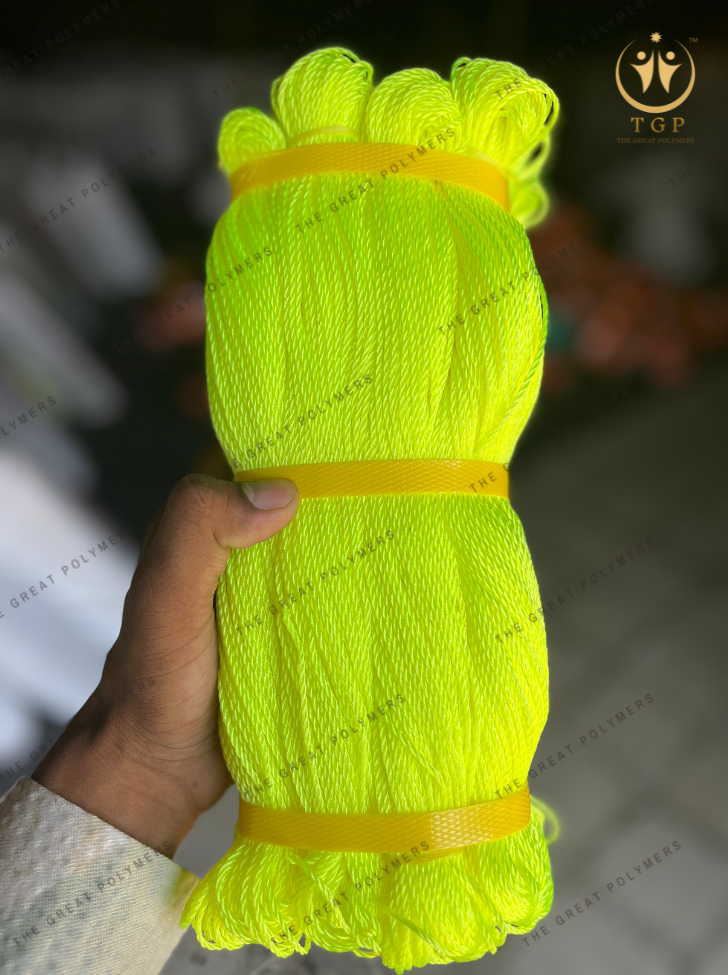


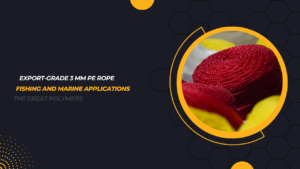
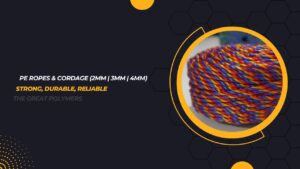
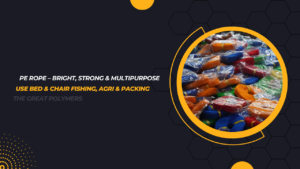
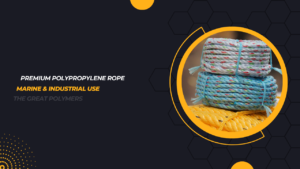
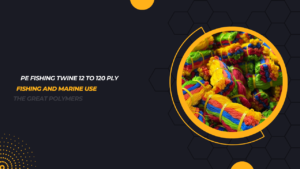

Leave a reply